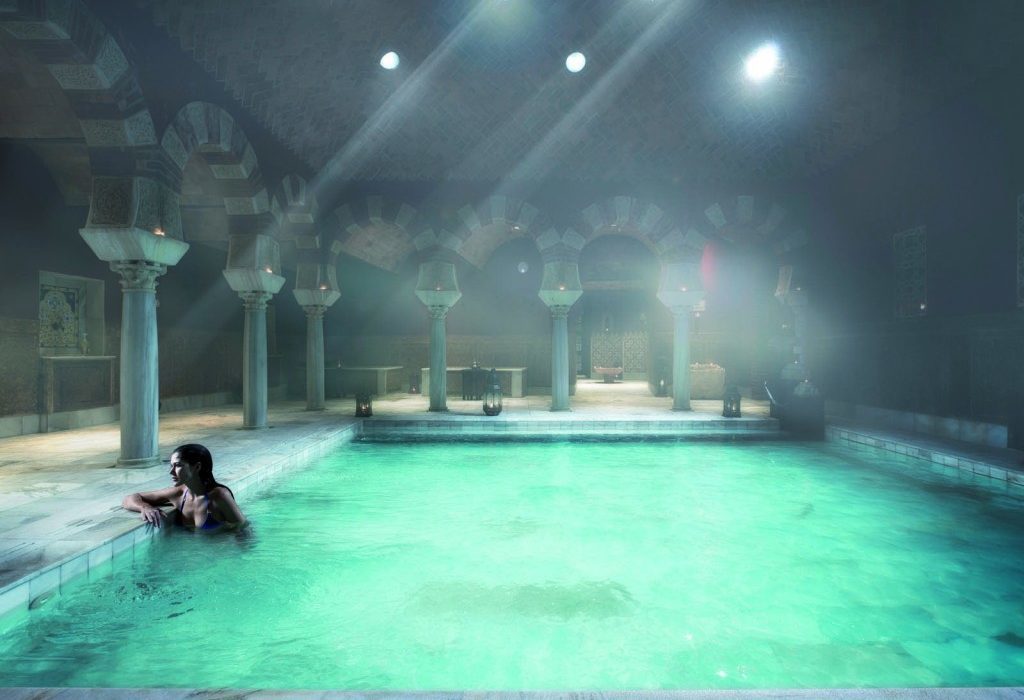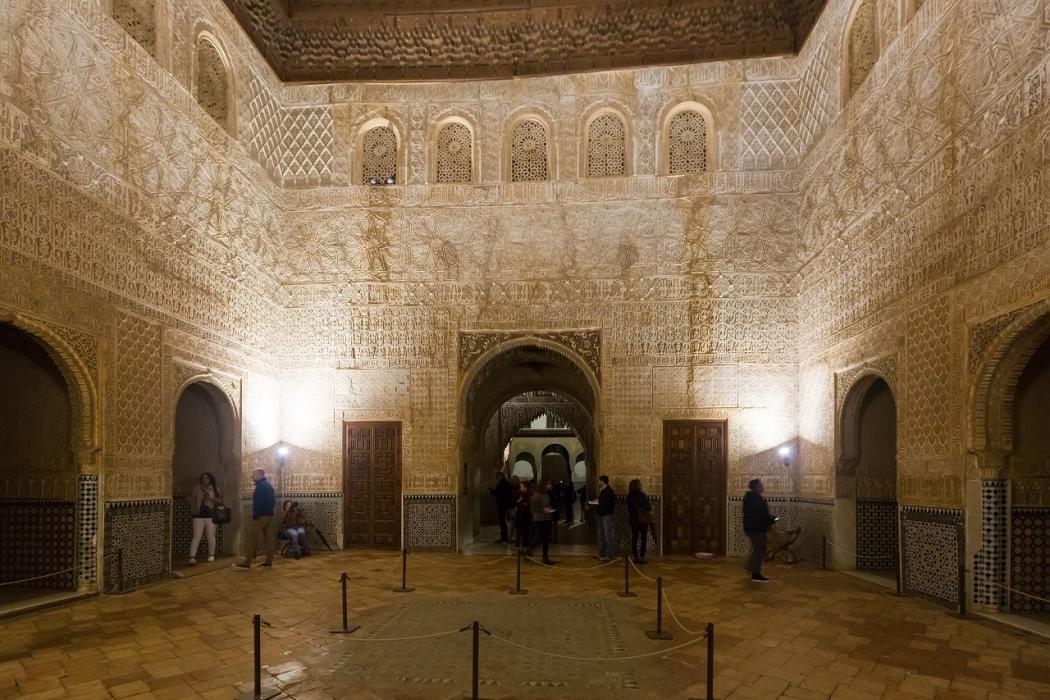
Guided tour of Dobla de Oro
Gold Doubloon: Alhambra, Nasrid Palaces and Monuments of the Albaicin. Small GroupGranada is a city full of history. The city has an Arab heritage, as reflected in the Alhambra and the Albaicín neighborhood. Do you want to know the history of the city? Let us show it to you!
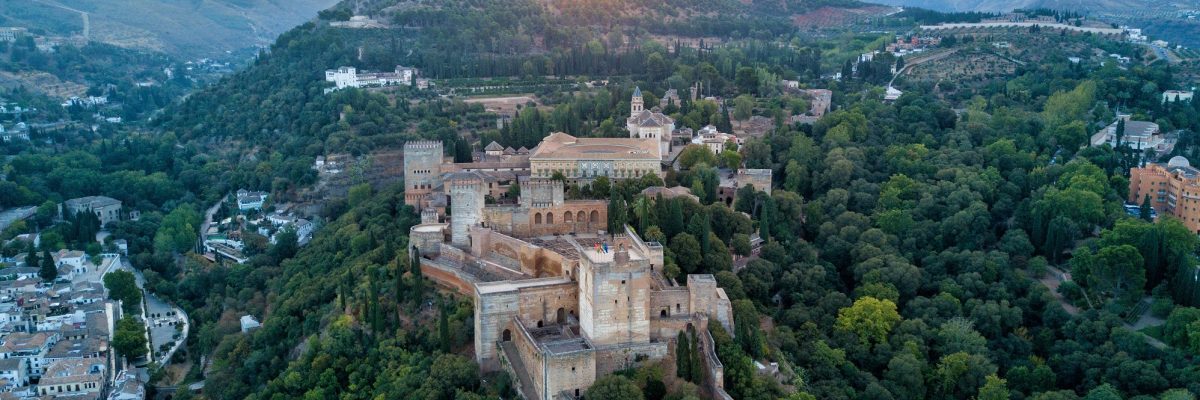
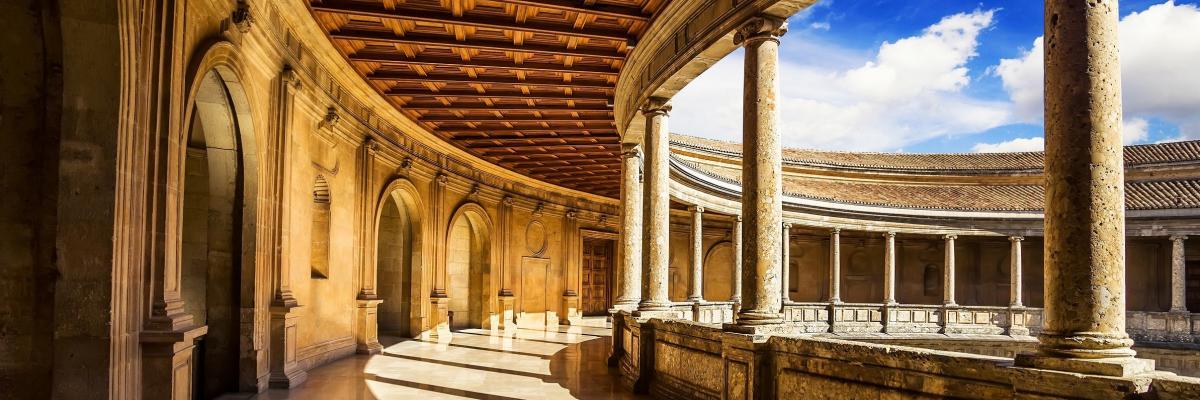
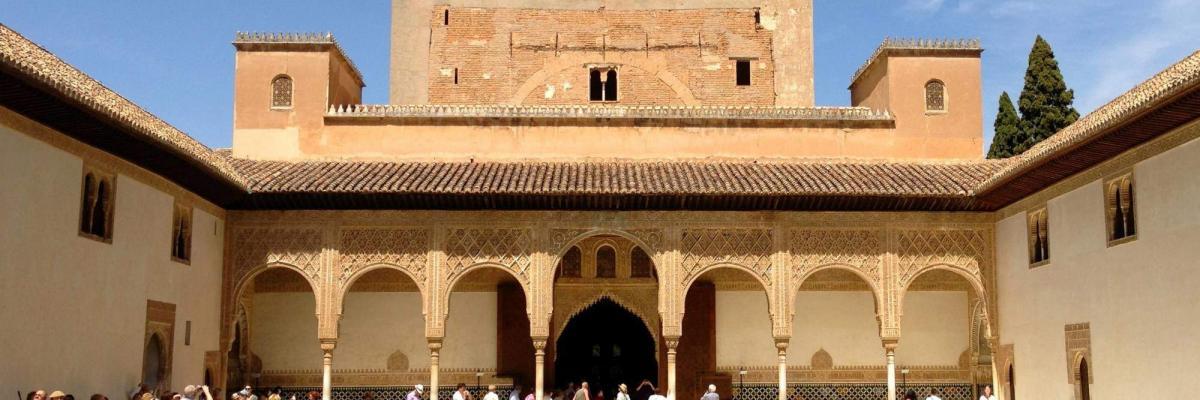
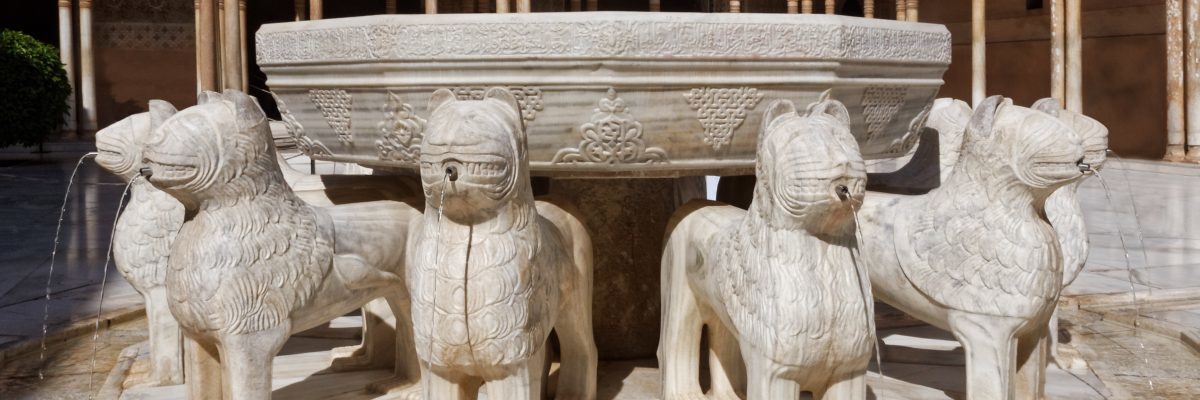
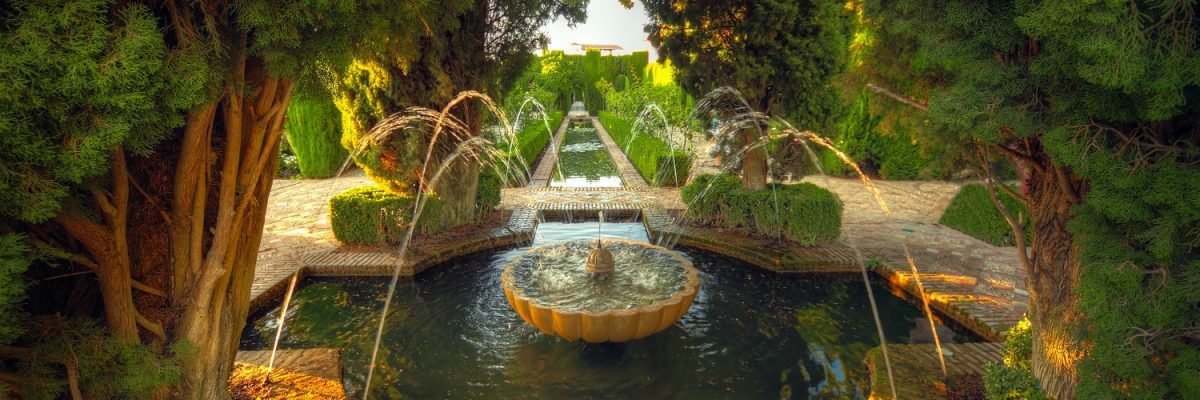
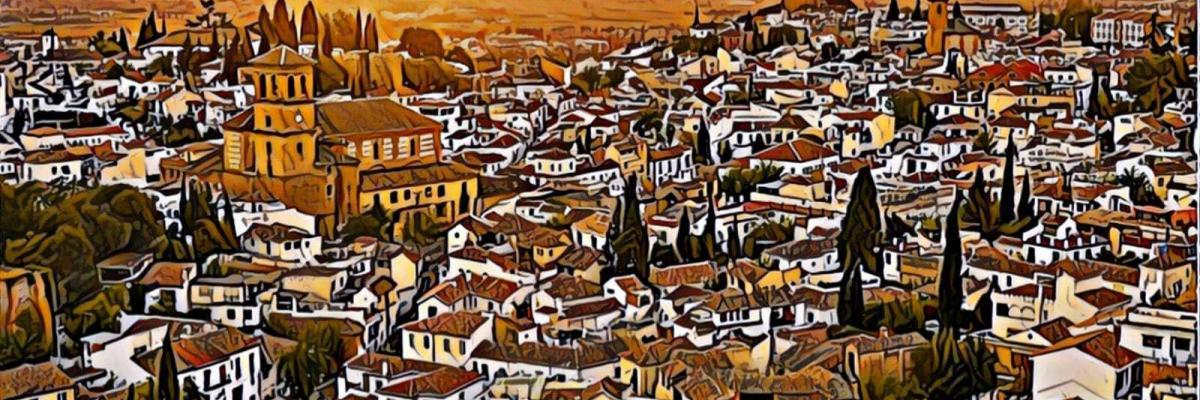
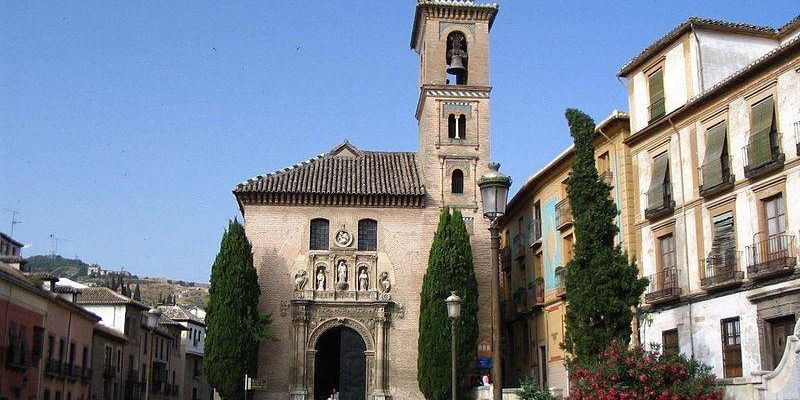
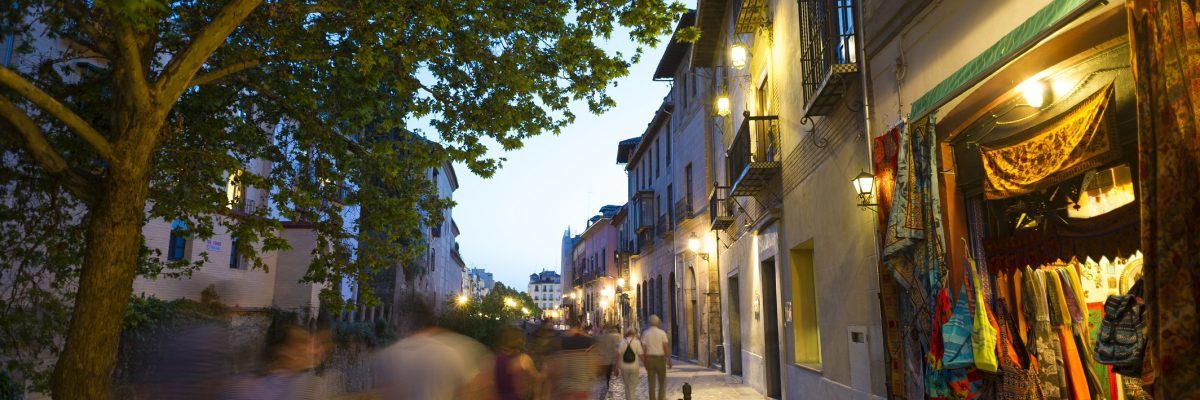
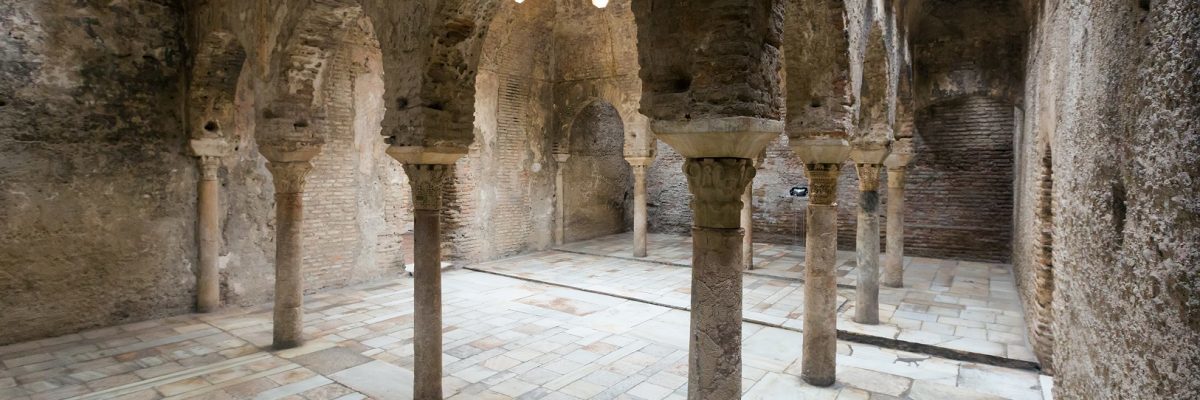
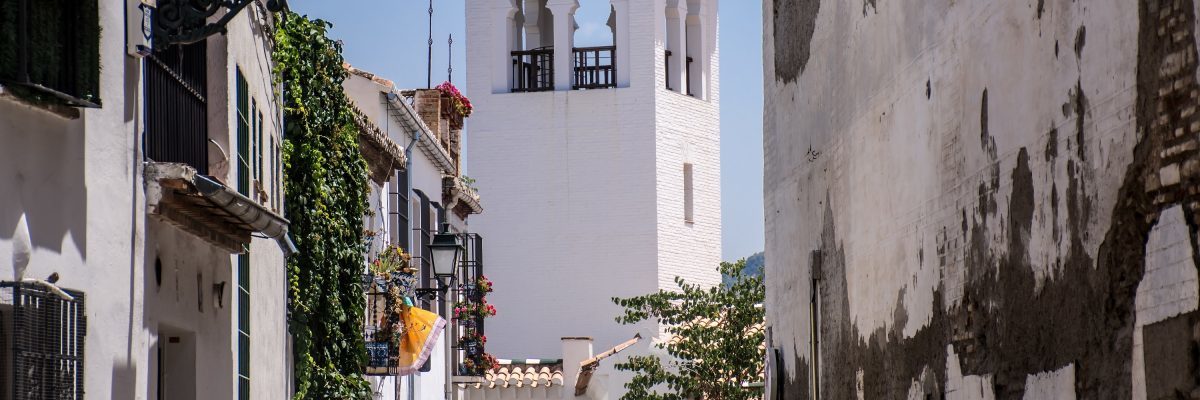
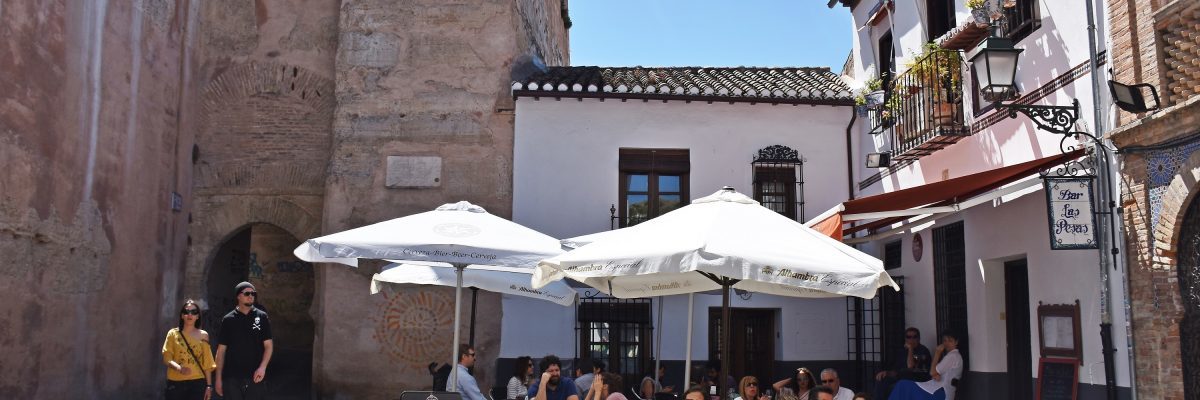
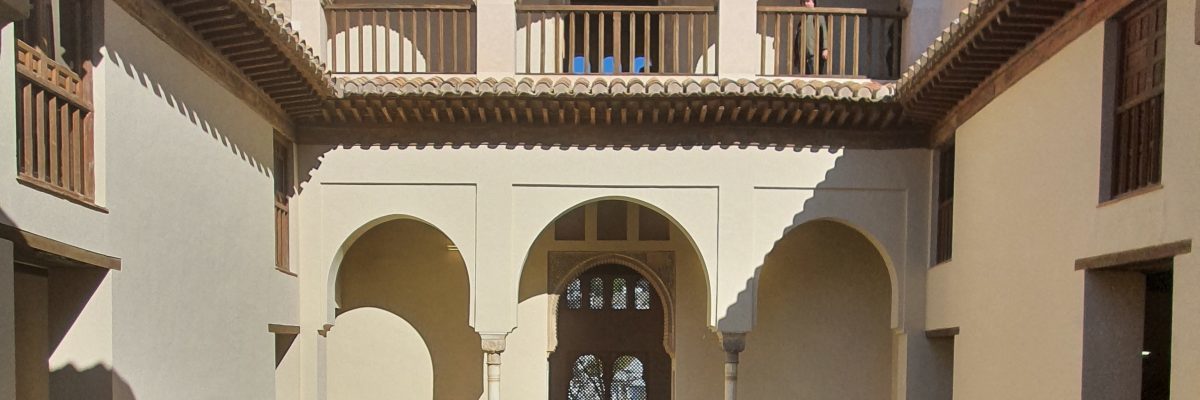












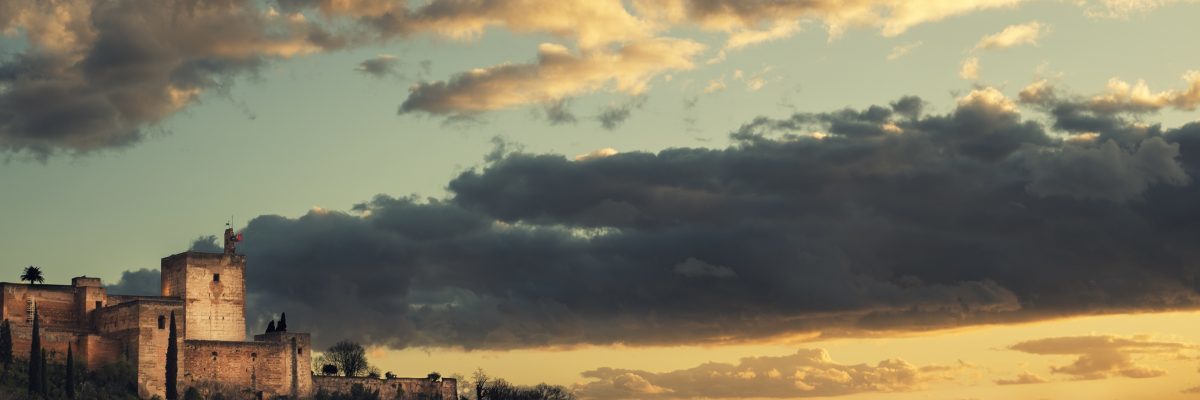
Cancellation policy:
- 100% refund or complimentary rescheduling if a customer cancels more than 30 days months before the tour date
- 35% refund between 30 days and 2 days before the tour date
- Non-refund cancels less than2 days before the tour date.
- Non-refund no show or arrive late to the visit
Sanitary and phytosanitary measures
- Travelers are required to wear personal face masks and maintain social distance during the experience.
- The guides will wear masks
- Frequent cleaning or disinfection protocols for visited places.
- Disinfection protocols of the audio systems used during the visit
- Use of hydroalcoholic gel in all accesses to monuments
- Access prohibited with backpacks, bags, or suitcases that exceed 40X40.
- The Alhambra does not have a baby carrier and lockers 8. Customer is recommended to bring their own headphones
Nominal Tickets.
- You must provide the full name, surname, and identity number of each visitor at the TIME OF MAKING THE RESERVATION (this information will not be processed through e-mail).
- Access to the monument is through a visitor’s ID or Passport scan. The IDs must be the original and the same ones provided when making the reservation
- This information is essential to access the monument. Tickets are nominal. The Alhambra staff will verify this information. In case of not being equal, access will not be allowed. Nhue is not responsible for the data entered or does not carry the original documentation. Nhue will not be able to do anything in this regard as it is the regulations of the Alhambra Board
- Remember that it is obligatory to bring the same passport or the ID (ORIGINAL) that you provided when making the reservation on the day of your visit.
Do you want to know more?
For more information, you can contact us on the phone +34 958 281 499 or beatriz@nhue.es. You can also find us at Plaza San Agustín, n 3. Casa Zayas Building, 100 meters from Plaza de Siloé.
Important
Not suitable for Wheelchair users
| Spanish | English | French | German | |
|---|---|---|---|---|
| Winter |
10:00 Alhambra & Generalife
14:45 Albaicín & Monuments
|
10:00 Alhambra & Generalife
14:45 Albaicín & Monuments
|
10:00 Alhambra & Generalife
14:45 Albaicín & Monuments
|
10:00 Alhambra & Generalife
14:45 Albaicín & Monuments
|
| Summer |
10:00 Alhambra & Generalife
16:45 Albaicín & Monuments
|
10:00 Alhambra & Generalife
16:45 Albaicín & Monuments
|
10:00 Alhambra & Generalife
16:45 Albaicín & Monuments
|
10:00 Alhambra & Generalife
16:45 Albaicín & Monuments
|

Alhambra Dobla de Oro
You might think that there are “golden palaces” in Granada if you see this name for the first time. Nothing could be further from the truth. The Dobla de Oro monuments are all those included in the route that goes from the visit to the Alhambra to the Albaicín and the tourist sites that are found on this route.
As you can imagine, Granada is a city with a fascinating history and part of this heritage is still very well preserved. The more than 700 years that the Muslims established their caliphate have left an imprint of Arab culture that is everywhere today.
The Alhambra (declared a World Heritage Site by UNESCO in 1984) on the Dobla de Oro route followed by the Albaicín through its squares, streets, mosques and Cármenes are an attraction that you and your group will love. Read on to find out what is included in the Dobla de Oro tour.
Dobla de Oro Monuments
The Dobla de Oro monuments begin in the palatine city of the Alhambra where a complete visit is made. This includes the Alcazaba, the Nasrid Palaces, the Generalife, the Palace of Charles V and the Mosque Baths.
From Plaza Santa Ana and in the afternoon, the second part of the visit would begin with emblematic enclaves and monuments such as El Bañuelo, the Casa Morisca Horno de Oro or the Palace of Dar al-Horra. You will also visit the famous Mirador de San Nicolás.
This last palace holds a secret: it was the last residence of Aixa, mother of the famous Boabdil, who surrendered Granada by handing over the keys of the city to the Catholic Monarchs in 1492. According to legend, Aixa uttered the famous phrase “cry like a woman, for that which you did not know how to defend as a man”, while Boabdil came to terms with his irreparable loss.
Do you want to be carried away by the magic and mystery of Granada? Sign up now for our daily reduced tours and you will discover two of the essential places to understand the history of the city.

